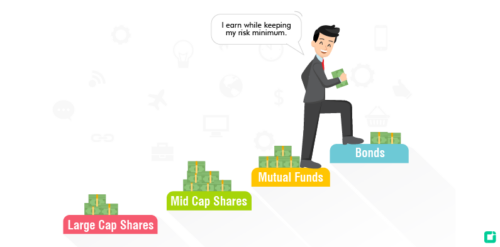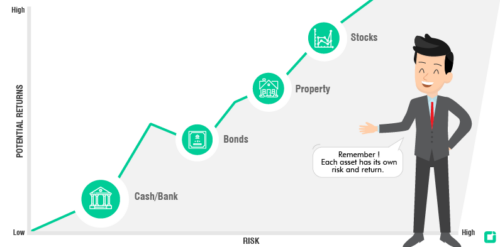bracket order explained
Every profitable trader looks to maximize gains while cutting losses. It is a fairly common knowledge that trading in financial markets always involves some amount of risk. What if we told you that you can control risk and also be away from the trading terminal? Yes! You heard that right! Wouldn’t it be nice if you can automate all your trades? And not be glued to your screen like your grandma watching her favorite soaps on TV? Yes? So let’s begin. What is a Bracket Order? A Bracket Order is an advanced intraday order that is accompanied by a compulsory Target and Stop Loss Order. In simple words, this resembles a bracket which helps traders automate their trades. A Bracket Order offers high leverage and is available in Equity Cash, Equity F&O, Commodity F&O, and Currency F&O segments. It is a type of order where you can enter a new position along with a target/exit and a stop loss order. Hence, the order itself contains 3 orders embedded...






